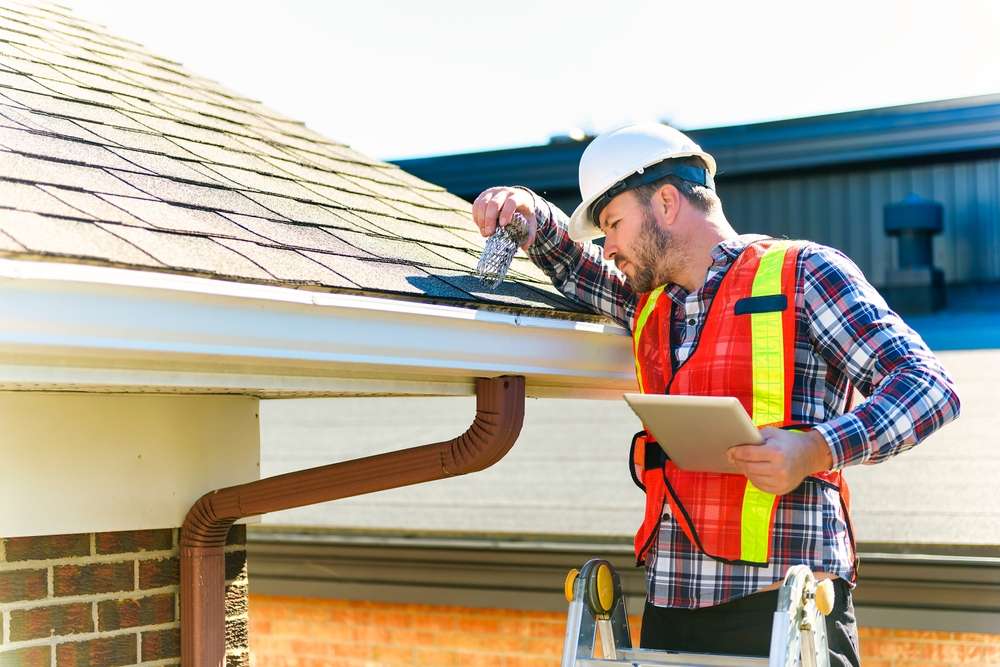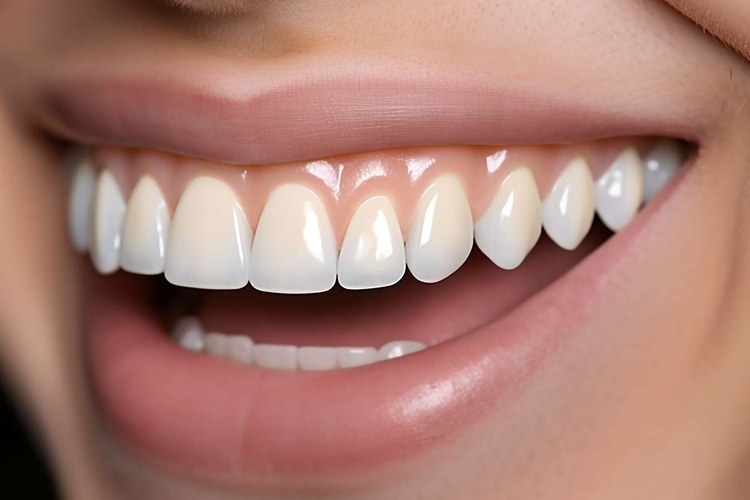The Ultimate Guide to Roof Waterproofing: Protecting Your Home
Roof waterproofing is a crucial aspect of home maintenance that often goes overlooked until problems arise. A well-waterproofed roof not only protects your home from water damage but also extends the life of your roofing materials and improves energy efficiency. This comprehensive guide will explore the importance of roof waterproofing, various methods and materials used, and how to ensure your home stays dry and protected for years to come.

What are the most common roof waterproofing methods?
There are several effective methods for waterproofing a roof, each suited to different types of roofing materials and structures. One popular approach is the application of liquid waterproofing membranes, which form a seamless, flexible barrier against water infiltration. Another method involves the use of sheet membranes, such as modified bitumen or EPDM rubber, which are adhered to the roof surface. For pitched roofs, proper installation of water-resistant underlayment beneath shingles or tiles is crucial. Additionally, spray-applied polyurethane foam can provide both waterproofing and insulation benefits.
How do you choose the right waterproofing material for your roof?
Selecting the appropriate waterproofing material depends on various factors, including the roof type, climate, and budget. For flat or low-slope roofs, liquid-applied membranes or TPO (thermoplastic polyolefin) sheets are often preferred due to their durability and ease of application. In regions with extreme weather conditions, rubberized asphalt or polyurethane-based products may be more suitable due to their excellent flexibility and resistance to temperature fluctuations. For steep-slope roofs, self-adhering ice and water shield membranes provide excellent protection against ice dams and wind-driven rain.
What are the steps involved in the roof waterproofing process?
The roof waterproofing process typically begins with a thorough inspection and cleaning of the existing roof surface. Any damaged areas or weak spots must be repaired before waterproofing can begin. Next, a primer may be applied to ensure proper adhesion of the waterproofing material. The chosen waterproofing system is then installed according to manufacturer specifications, which may involve rolling out membranes, spraying liquid coatings, or applying multiple layers of material. Special attention is given to seams, joints, and penetrations to ensure complete coverage. Finally, a protective top coat or surfacing may be applied to enhance durability and UV resistance.
How can you maintain your waterproofed roof for long-lasting protection?
Proper maintenance is key to ensuring the longevity and effectiveness of your waterproofed roof. Regular inspections, at least twice a year and after severe weather events, can help identify potential issues before they become major problems. Keep the roof clean and free of debris, as accumulated leaves and branches can trap moisture and compromise the waterproofing. Promptly address any signs of damage, such as cracks, blisters, or separation at seams. Reapply coatings or sealants as recommended by the manufacturer, typically every 5-10 years depending on the product and environmental conditions.
What are the costs associated with roof waterproofing?
The cost of roof waterproofing can vary significantly depending on factors such as roof size, material choice, and complexity of the project. Here’s a comparison of some common waterproofing options:
| Waterproofing Method | Average Cost (per sq. ft.) | Lifespan | Key Features |
|---|---|---|---|
| Liquid Membrane | $3 - $7 | 10-20 years | Seamless, flexible |
| Sheet Membrane | $4 - $8 | 20-30 years | Durable, pre-fabricated |
| Spray Foam | $4 - $6 | 20-30 years | Insulating properties |
| Bitumen-based | $2 - $4 | 15-20 years | Cost-effective |
| Silicone Coating | $3 - $5 | 10-15 years | UV resistant |
Prices, rates, or cost estimates mentioned in this article are based on the latest available information but may change over time. Independent research is advised before making financial decisions.
Investing in roof waterproofing is a wise decision for any homeowner looking to protect their property and avoid costly water damage repairs. By understanding the various methods available, choosing the right materials, and maintaining your waterproofed roof properly, you can ensure your home stays dry and protected for years to come. Remember to consult with professional roofing contractors to determine the best waterproofing solution for your specific needs and budget.






